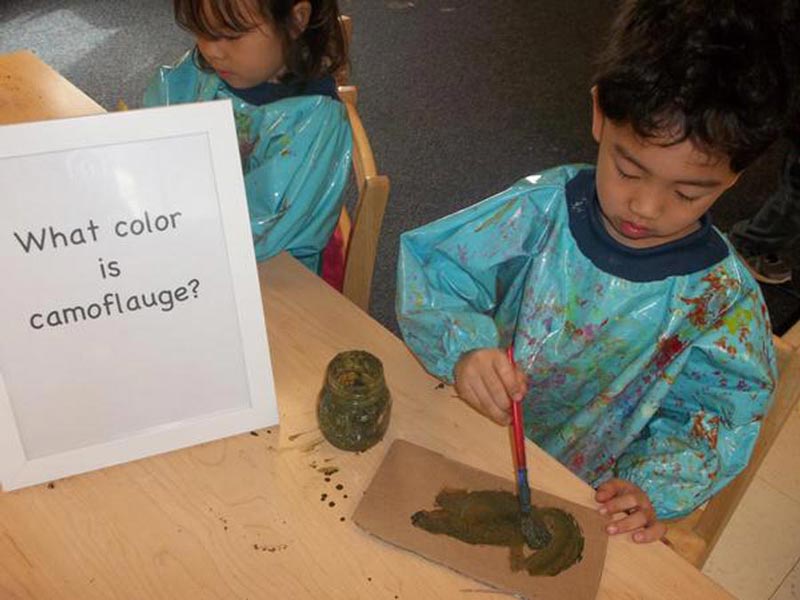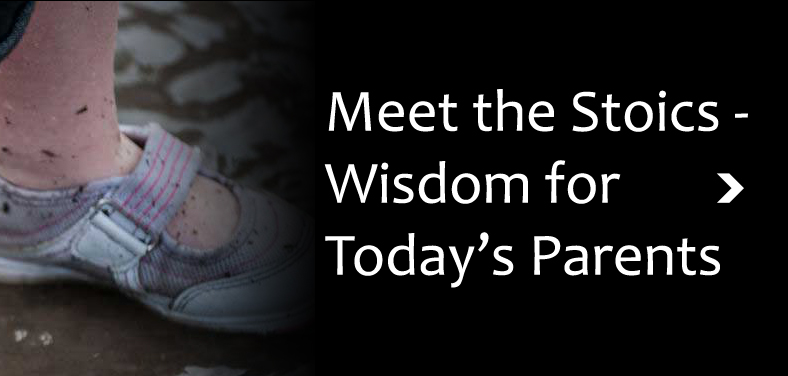This is part 2 of my interview with Marilee Cosgrove of the Fullerton School District. Our focus was on “Lessons Learned” –creating a quality pre-school program in a public school context. She told me she has one current grant, $75,000 from First Five for Aleliers.
Q: You have “An atelier?” 4 Ateliers?
A: “The atelier” is our studio. They are Reggio-inspired studios, designed to provide an integrated approach to the arts for pre-school, transitional kindergarten, and kindergarten. So at 3 of the sites, those age groups rotate into the classroom – 12 of 24 students for 45 minutes, so the general education classroom teacher will be able to work with a smaller group for that 45 minutes, then they’ll switch.
Within the Ateliers, they have a variety of experiences, from photography to different forms of painting and drawing and clay, and all sorts of wonderful things. Then one of those ateliers is a parent/child interactive, for children 2 – 5, with their parents, and it helps support the parent’s understanding of child development theory and practice… Where their child is relative to growth and development, and it gives them the information and confidence they need to support their child’s growth at home.



Q: How does the work in the Atelier differ from the rest of the day?
A: It’s a continuation, really, around documentation. Experiences in the Atelier are documented through recordings, videos, photographs and children’s work. The documentation helps the teachers see the child’s engagement – and often to correlate what they are doing back to the common core, but in a different context.
Q: Could you give an example?
A: Well, Writing Standard 7 is “Participate in shared research and writing projects (e.g., explore a number of books by a favorite author and express opinions about them).” There are baskets with groups of books by the same author. Children are guided to explore the authors’ different voices – including dialogue, style, type of stories, illustrations etc.

So Lois Ehlert’s illustrations are collages with different materials; Eric Carle is collage using handmade tissue paper. Dr. Seuss has cadence, that sort of thing. Children can make books in all of those ways – they explore how their voice, their vision, enables them to be authors too, as well as just snapping ideas together.
Q: And what does it cost – to run the atelier?
A: ** The space is “free” and the materials are donated, hustled or cheap. There is a full-timer who rotates, then aides and part-timers in each location. There are 3 part-timers for 12 hours/week, plus materials – besides the grant, we’re throwing in another $18,000, mostly scraped out of unrestricted funds.
Q: You’ve given me a budget, may I share it?
A: I believe it’s public information, yes. [Click Here for the Atelier Summary Sheet]
That one-pager tells the story pretty well – for that money, we run all four ateliers, hitting all of our kids, plus some STEAM afterschool and the parent/child center, mostly with that $75,000 grant. But it’s really about the work – getting everyone seeing how these kids think. I mean, the first time teachers see the work, they gasp, they just gasp. Same with parents and district people. They see it and they get it – that’s what we want.
Q: That’s the “Joyfullness” outcome you list – and “Seeing the Possiblities.”
A: Exactly. It’s powerful.




Add comment